Ultimate Limit State Scour Risk Assessment of a Pentapod Suction Bucket Support Structure for Offshore Wind Turbine
Abstract
:1. Introduction
2. Scour Risk
2.1. Probability of SD
2.2. Scour Fragility
2.3. Scour Risk
3. Development of PSB Support Structure
3.1. Background
3.2. Development of PSB Support Structure
4. Numerical Example
4.1. Wind Turbine and Support Structure Model
4.2. Soil-Structure-Interaction Simulation
4.3. Wind Thrust
4.4. Calculation of Wave Load
4.5. Probability Distribution of SD
4.6. Scouring Fragility Curve
4.7. Scour Risk Assessment
5. Conclusions
Author Contributions
Funding
Institutional Review Board Statement
Informed Consent Statement
Data Availability Statement
Conflicts of Interest
References
- Oh, M.H.; Kwon, O.S.; Kim, K.S.; Jang, I.S. Economic Feasibility of Bucket Foundation for Offshore Wind Farm. J. Korea Acad.-Ind. Coop. Soc. 2012, 13, 1908–1914. [Google Scholar] [CrossRef] [Green Version]
- Latini, C.; Zania, V. Dynamic lateral response of suction caissons. Soil Dyn. Earthq. Eng. 2017, 100, 59–71. [Google Scholar] [CrossRef] [Green Version]
- Achmus, M.; Akdag, C.; Thieken, K. Load-bearing behavior of suction bucket foundations in sand. Appl. Ocean Res. 2013, 43, 157–165. [Google Scholar] [CrossRef]
- Ding, H.; Liu, Y.; Zhang, P.; Le, C. Model tests on the bearing capacity of wide-shallow composite bucket foundations for offshore wind turbines in clay. Ocean Eng. 2015, 103, 114–122. [Google Scholar] [CrossRef]
- Thieken, K.; Achmus, M.; Schröder, C. On the behavior of suction buckets in sand under tensile loads. Comput. Geotech. 2014, 60, 88–100. [Google Scholar] [CrossRef]
- Ngo, D.-V.; Kim, Y.-J.; Kim, D.-H. Seismic Fragility Assessment of a Novel Suction Bucket Foundation for Offshore Wind Turbine under Scour Condition. Energies 2022, 15, 499. [Google Scholar] [CrossRef]
- Yang, Q.; Yu, P.; Liu, Y.; Liu, H.; Zhang, P.; Wang, Q. Scour characteristics of an offshore umbrella suction anchor foundation under the combined actions of waves and currents. Ocean Eng. 2020, 202, 106701. [Google Scholar] [CrossRef]
- Yang, T.; Qi, M.; Wang, X.; Li, J. Experimental study of scour around pile groups in steady flows. Ocean Eng. 2020, 195, 106651. [Google Scholar] [CrossRef]
- Yu, T.; Zhang, Y.; Zhang, S.; Shi, Z.; Chen, X.; Xu, Y.; Tang, Y. Experimental study on scour around a composite bucket foundation due to waves and current. Ocean Eng. 2019, 189, 106302. [Google Scholar] [CrossRef]
- Hu, R.; Wang, X.; Liu, H.; Lu, Y. Experimental Study of Local Scour around Tripod Foundation in Combined Collinear Waves-Current Conditions. J. Mar. Sci. Eng. 2021, 9, 1373. [Google Scholar] [CrossRef]
- Hu, R.; Liu, H.; Leng, H.; Yu, P.; Wang, X. Scour Characteristics and Equilibrium Scour Depth Prediction around Umbrella Suction Anchor Foundation under Random Waves. J. Mar. Sci. Eng. 2021, 9, 886. [Google Scholar] [CrossRef]
- Esteban, M.D.; Lopez-Gutierrez, J.S.; Negro, V.; Sanz, L. Riprap scour protection for monopiles in offshore wind farms. J. Mar. Sci. Eng. 2019, 7, 440. [Google Scholar] [CrossRef] [Green Version]
- Lee, J.H.; Han, T.H.; Kim, S.B.; Yoon, G.L. Dynamic Instability Analysis of Wind Turbines with Mono Pile Foundation Considering Foundation Scour. In Proceedings of the Korean Society of Civil Engineers Conference 2013, Jeongseon-gun, Korea, 23–25 October 2013; pp. 892–896. [Google Scholar]
- Ma, H.; Yang, J.; Chen, L. Effect of scour on the structural response of an offshore wind turbine supported on a tripod foundation. Appl. Ocean Res. 2018, 73, 179–189. [Google Scholar] [CrossRef]
- Yanmaz, A.M.; Calamak, M. Evaluation of scour risk at foundations of river bridges. Tek. Dergi/Tech. J. Turk. Chamb. Civ. Eng 2016, 27, 7533–7549. [Google Scholar]
- Khalid, M.; Muzzammil, M.; Alam, J. Reliability analysis of local scour at bridge pier in clay-sand mixed sediments. Aquademia 2018, 2, 1. [Google Scholar] [CrossRef] [Green Version]
- Homaei, F.; Najafzadeh, M. A reliability-based probabilistic evaluation of the wave-induced scour depth around marine structure piles. Ocean Eng. 2020, 196, 106818. [Google Scholar] [CrossRef]
- Kim, Y.J.; Lee, D.Y.; Kim, D.H. Risk Assessment of Offshore Wind Turbine Support Structures Considering Scouring. J. Korean Soc. Coast. Ocean Eng. 2020, 32, 524–530. [Google Scholar] [CrossRef]
- Sumer, B.M.; Fredsøe, J. The Mechanics of Scour in the Marine Environment; World Scientific: Singapore, 2002. [Google Scholar] [CrossRef]
- Shinozuka, M.; Hwang, H.; Reich, M. Reliability Assessment of Reinforced Concrete Containment Structures. J. Nucl. Eng. Des. 1984, 80, 247–267. [Google Scholar] [CrossRef]
- Bladed Multibody Dynamics User Manual (Ver. 4.4); Garrad Hassan & Partners Ltd.: Bristol, UK, 2013.
- Abaqus, in Dassault Systemes Simulia Corporation. 2020. Available online: https://abaqus-docs.mit.edu/2017/English/SIMACAEEXCRefMap/simaexc-c-docproc.htm (accessed on 3 March 2022).
- Papadrakakis, M.; Sapountzakis, E.J. Matrix Methods for Advanced Structural Analysis, 1st ed.; Elsevier: Amsterdam, The Netherlands, 2018. [Google Scholar] [CrossRef]
- Morison, J.R.; Johnson, J.W.; Schaaf, S.A. The force exerted by surface waves on piles. J. Pet. Technol. 1950, 2, 149–154. [Google Scholar] [CrossRef]
- Report on the Estimation of Deep Sea Design Wave in All Seas II; Korea Ocean Research & Development Institute: Busan, Korea, 2005.
- Goda, Y. Revisiting Wilson’s formulas for simplified wind wave prediction. J. Waterw. Port Coast. Ocean Eng. 2003, 129, 93–95. [Google Scholar] [CrossRef]
- Available online: http://www.khoa.go.kr/oceangrid/gis/category/observe/observeSearch.do?type=TIDALCURRENT (accessed on 31 December 2019).
- Bang, S.; Cho, Y. Use of Suction Piles for Mooring of Mobile Offshore Bases. 2001. Available online: https://apps.dtic.mil/sti/pdfs/ADA372819.pdf (accessed on 19 January 2022).
- Det Norske Veritas. Design of Offshore Wind Turbine Structures; Offshore Standard DNV-OS-J101; Det Norske Veritas: Høvik, Norway, 2007. [Google Scholar]
- Wind Turbines Part I: Design Requirements, 3rd ed.; International Standards IEC 61400-1; International Electrotechnical Commission: Geneva, Switzerland, 2005.
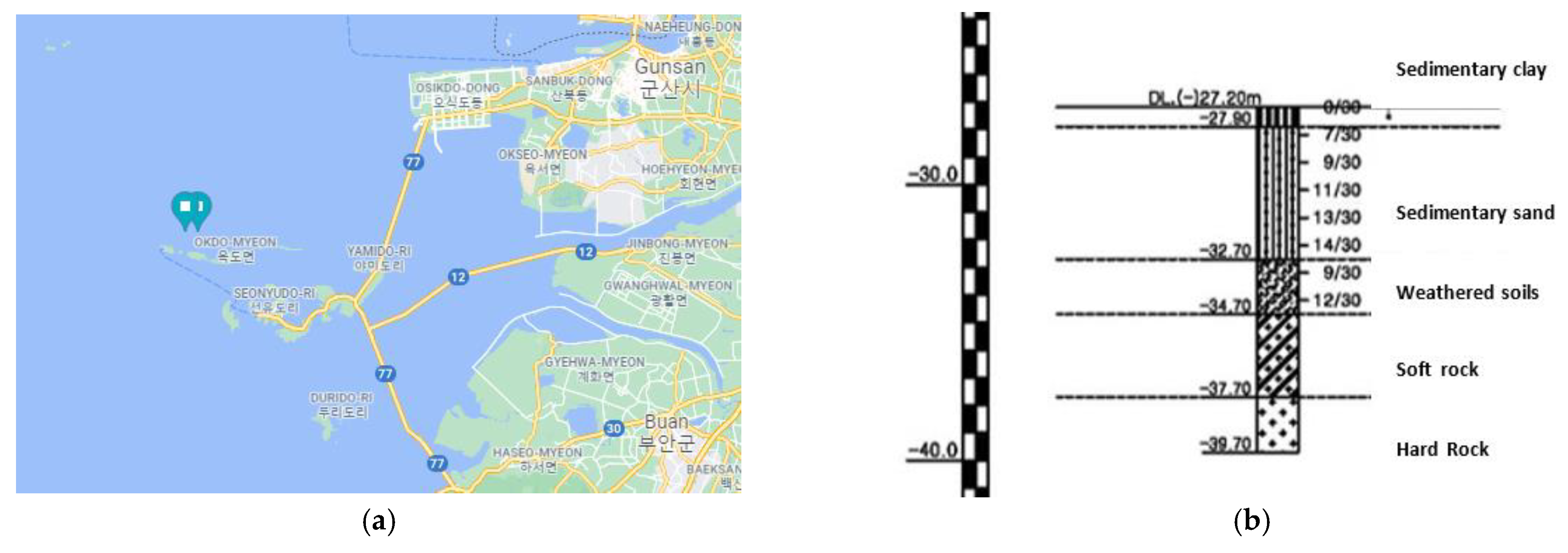
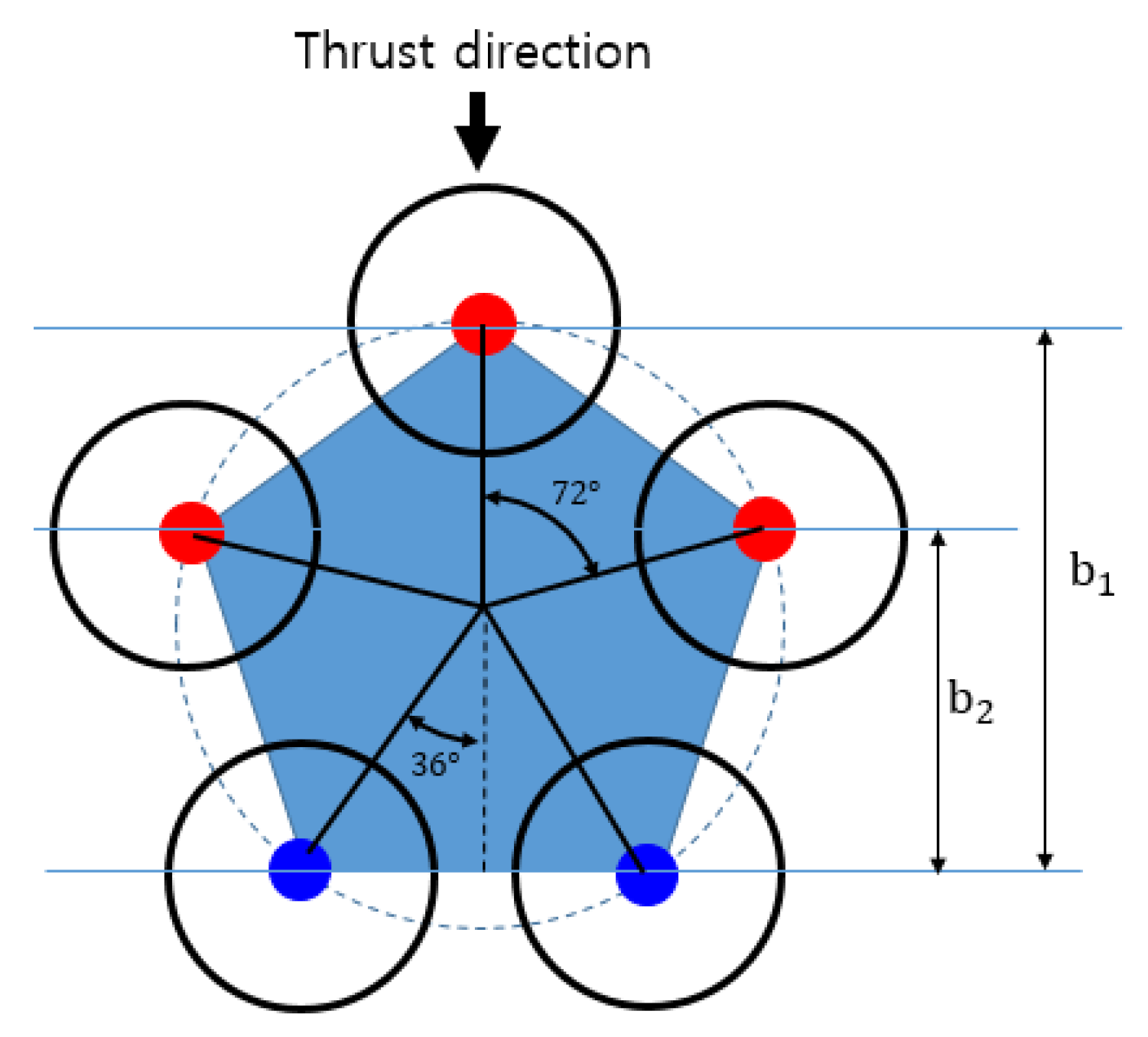
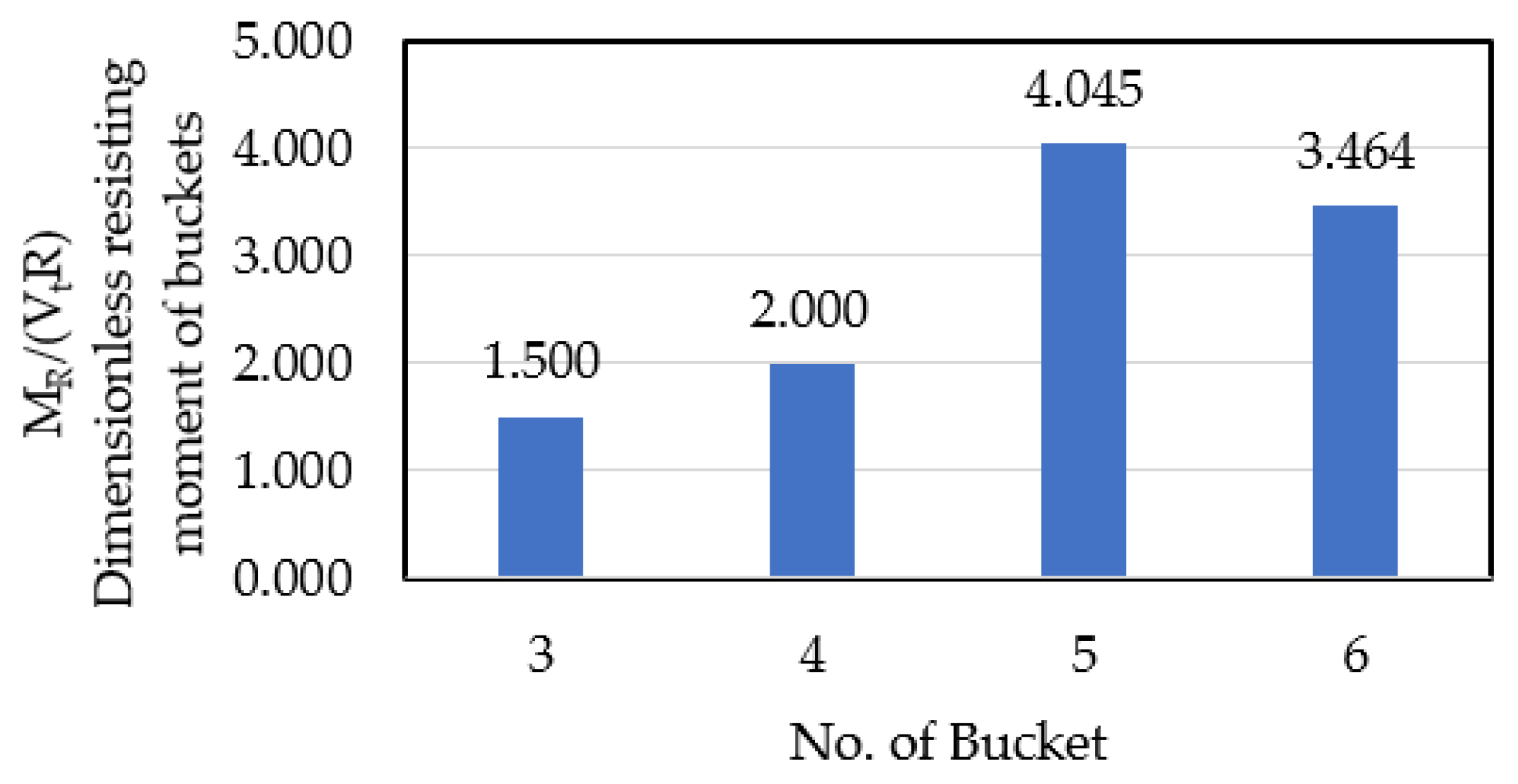
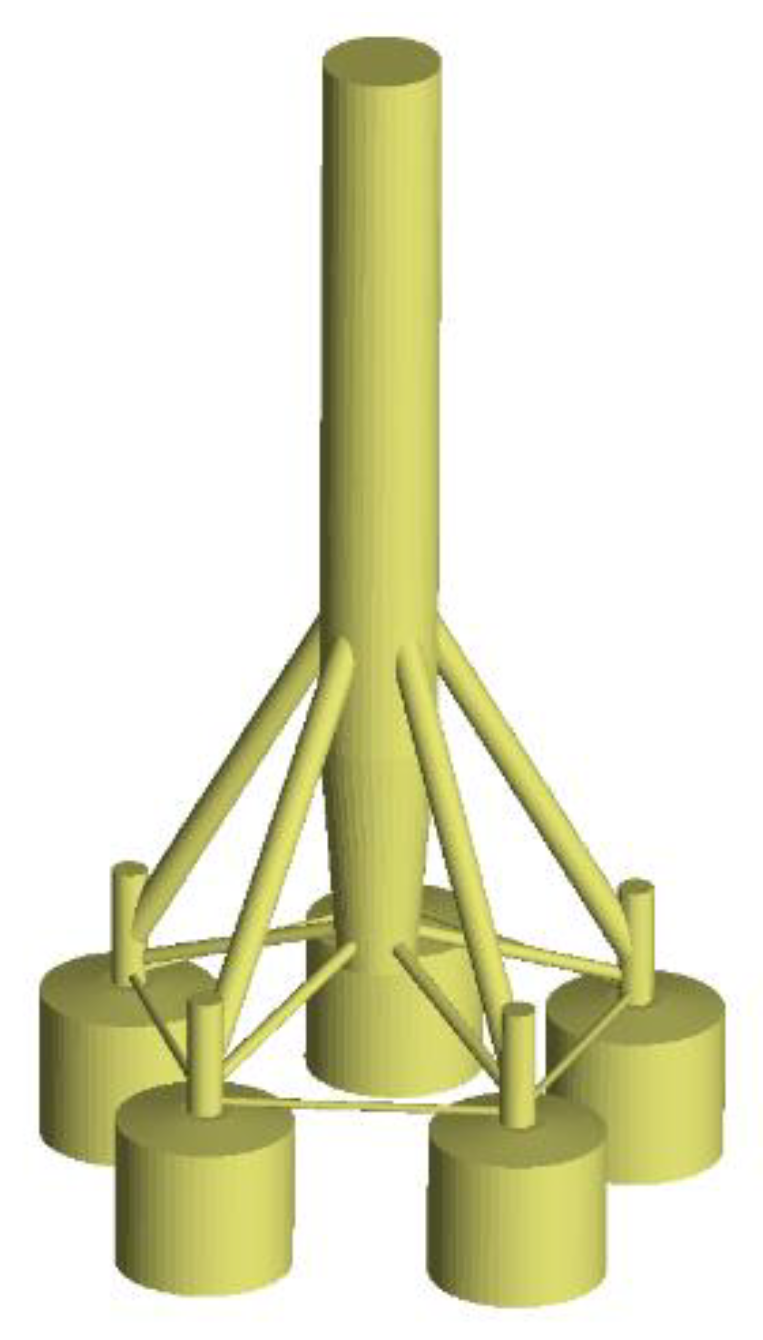
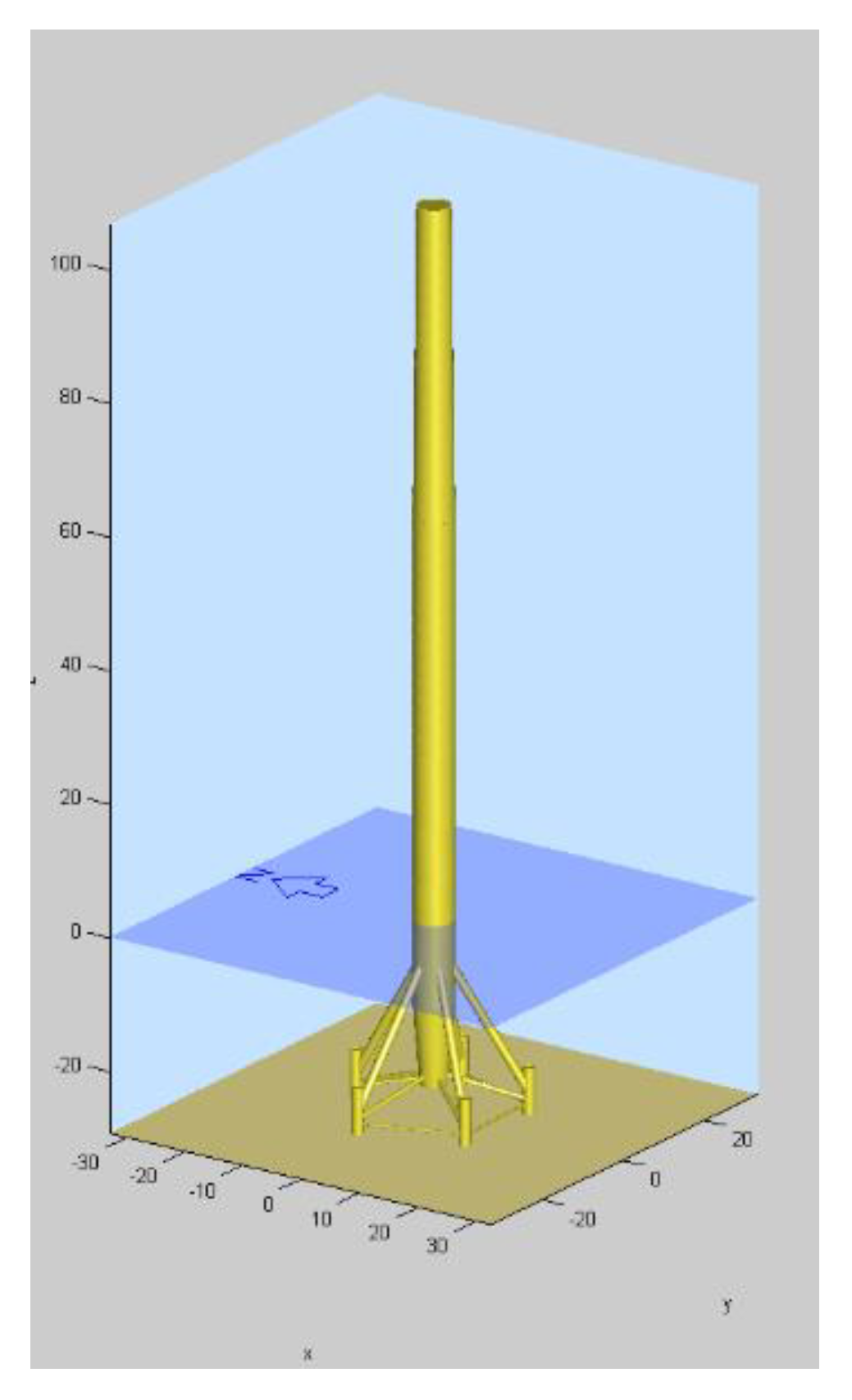
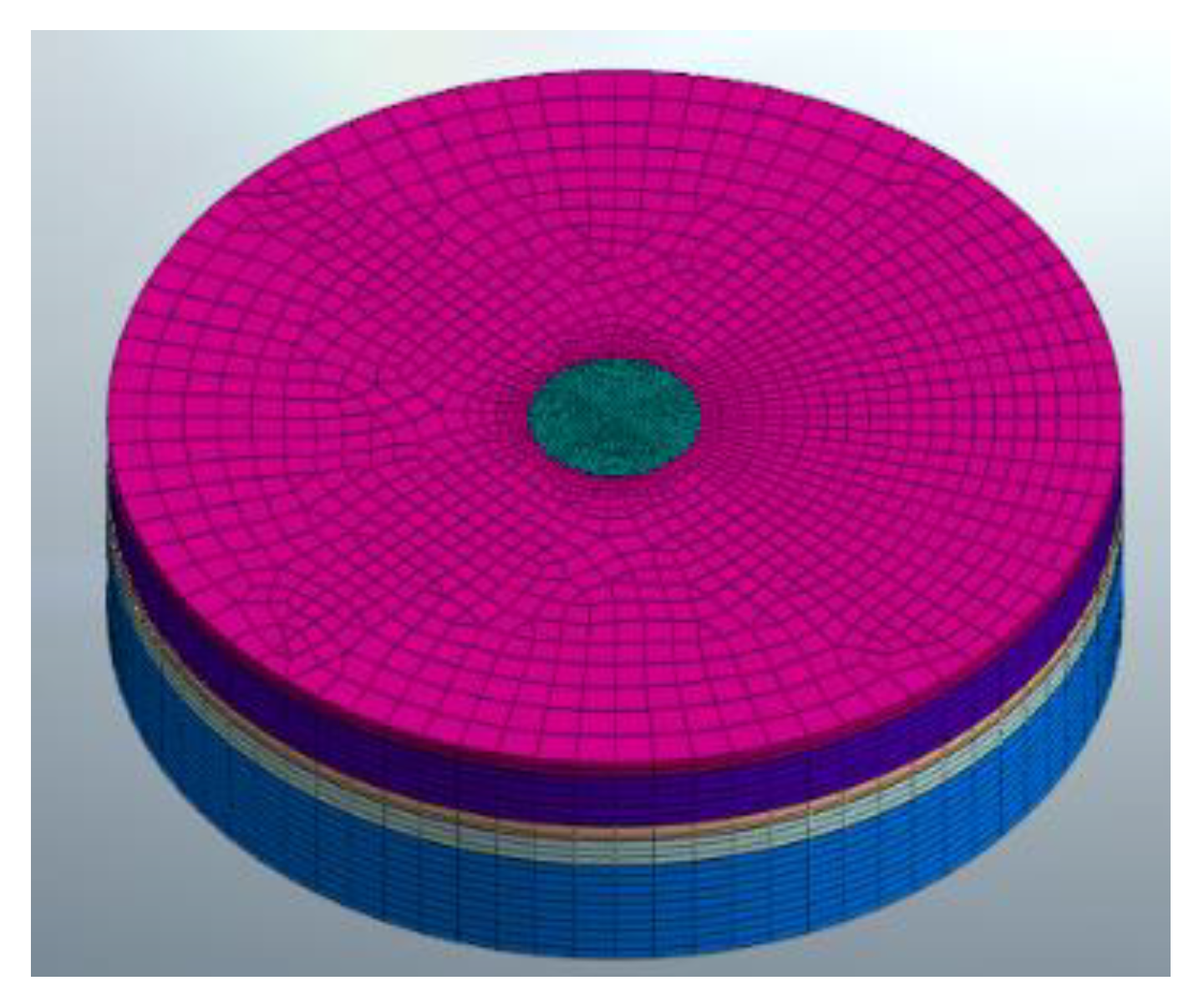
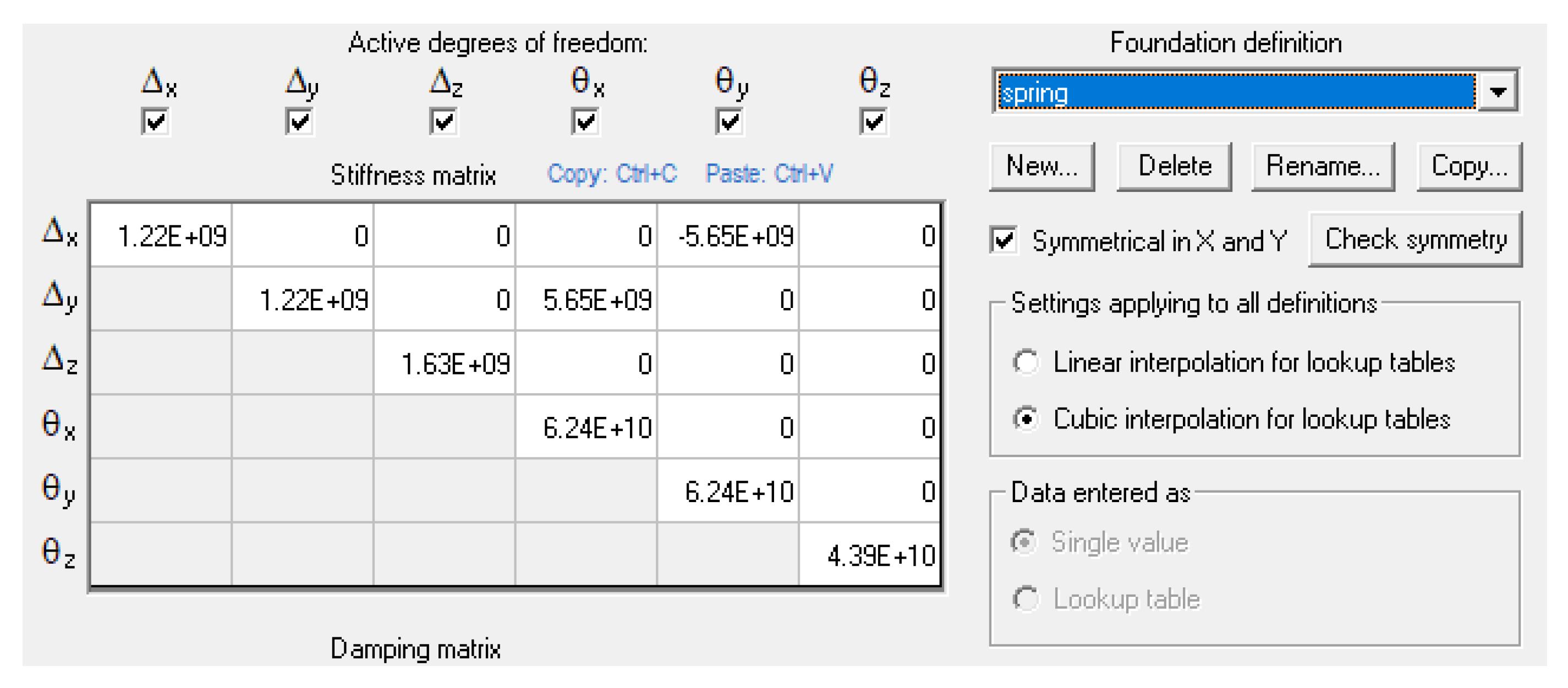
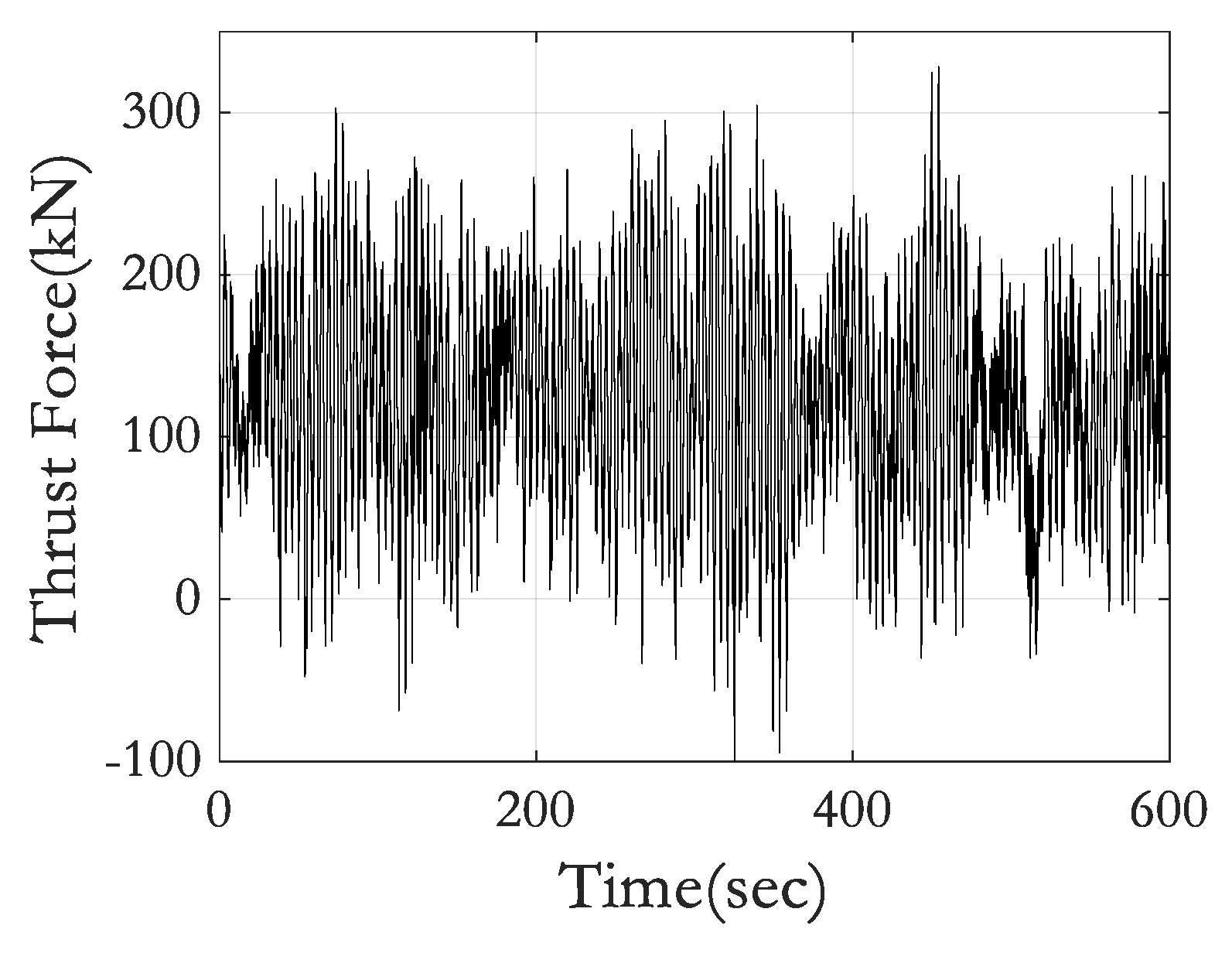
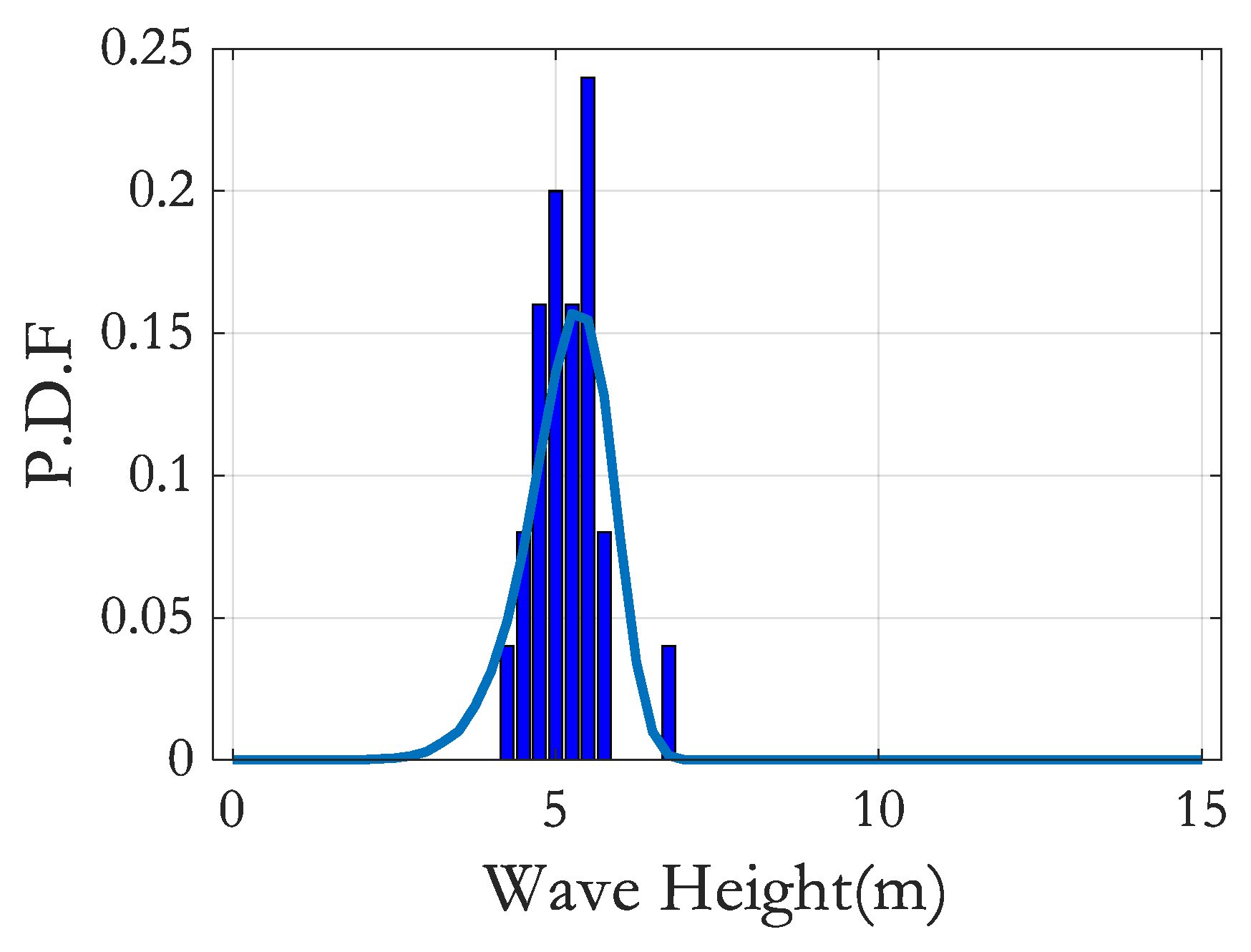
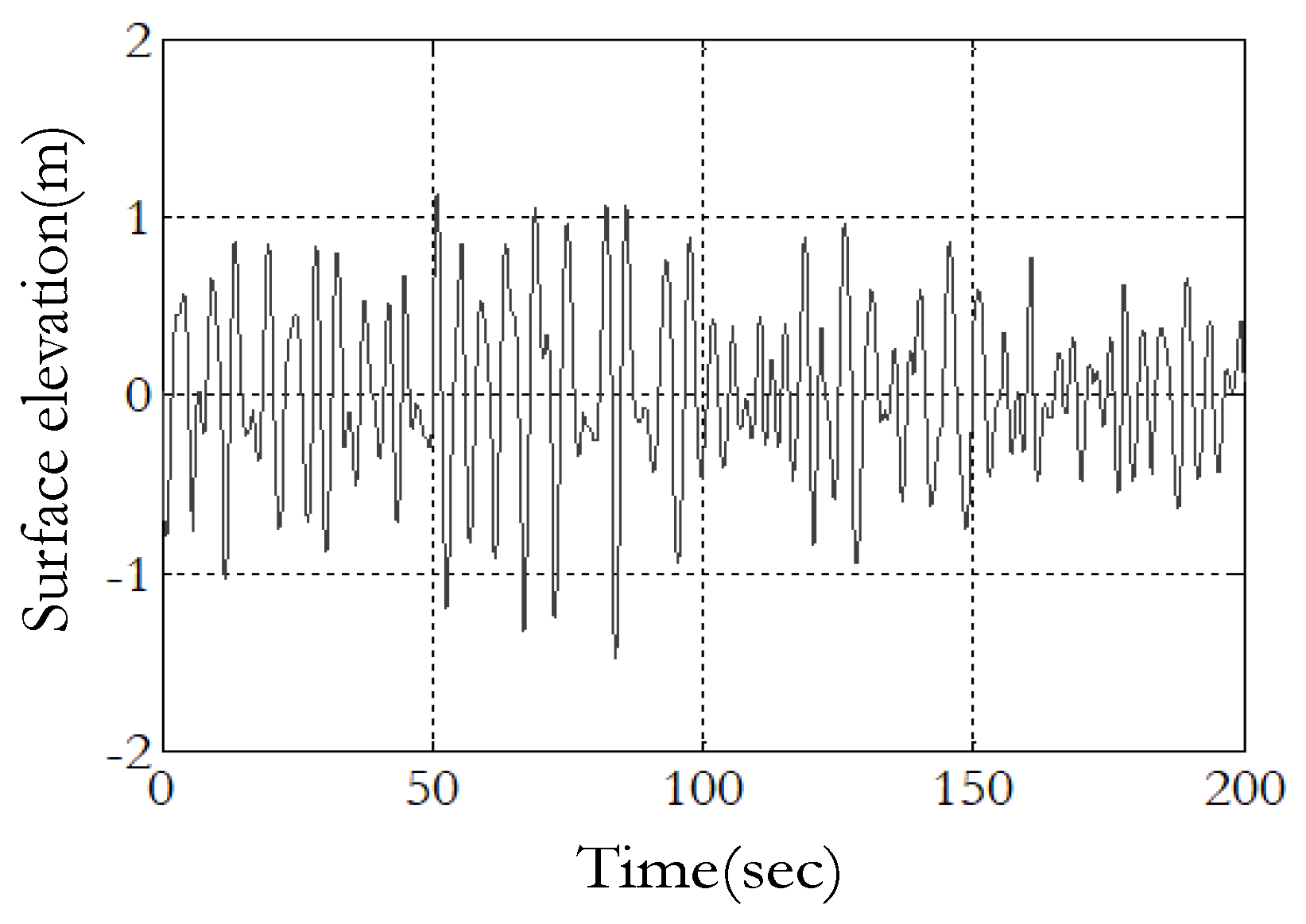

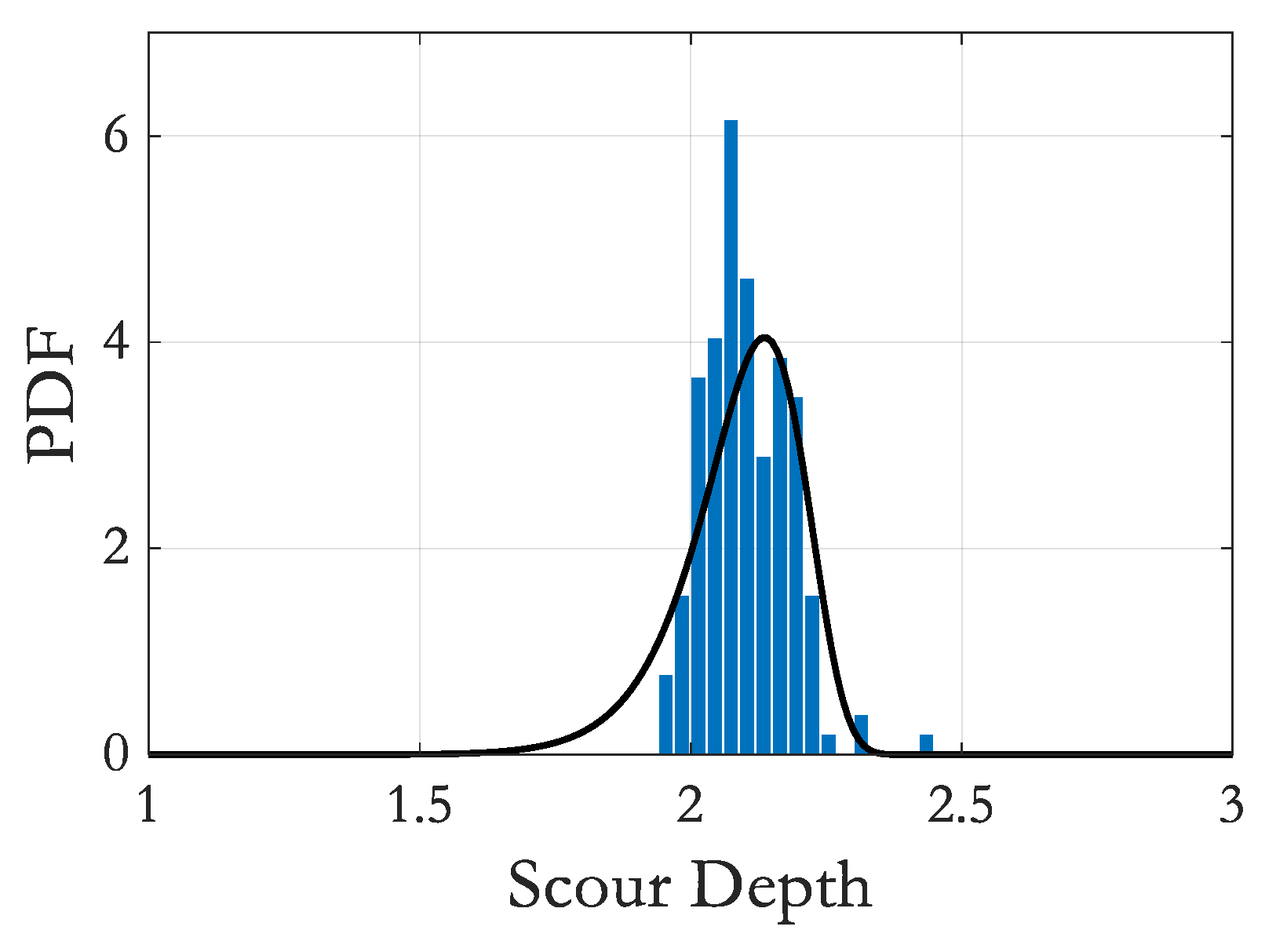
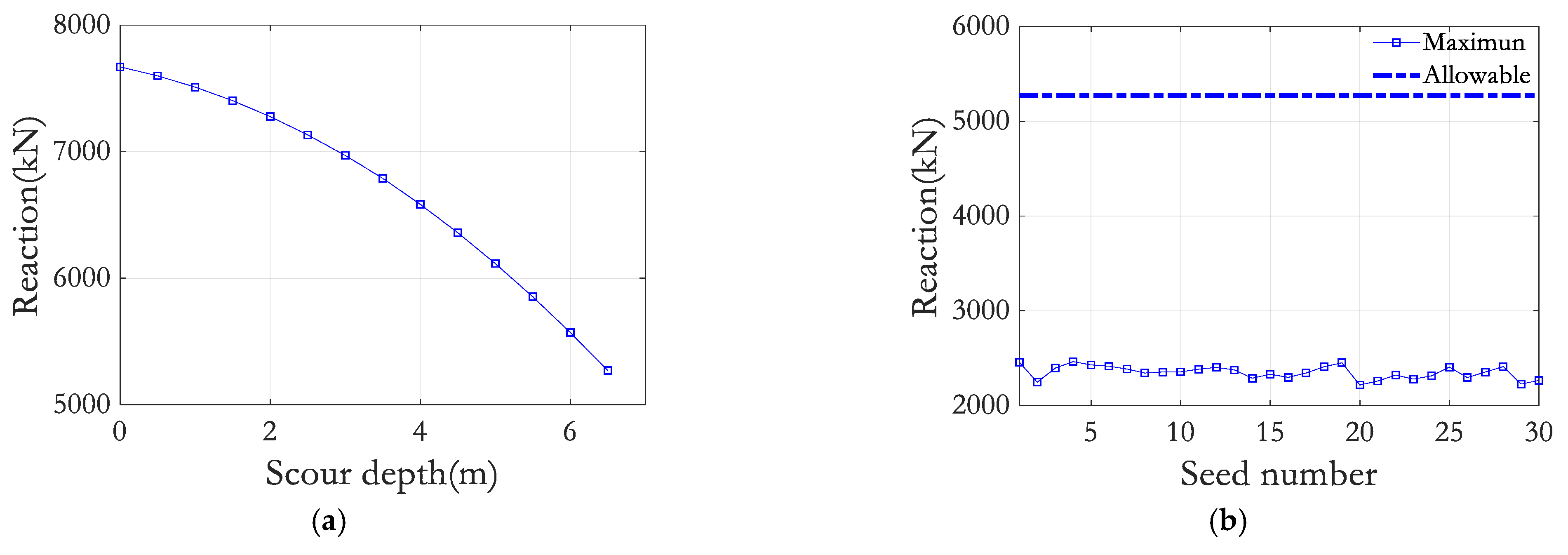
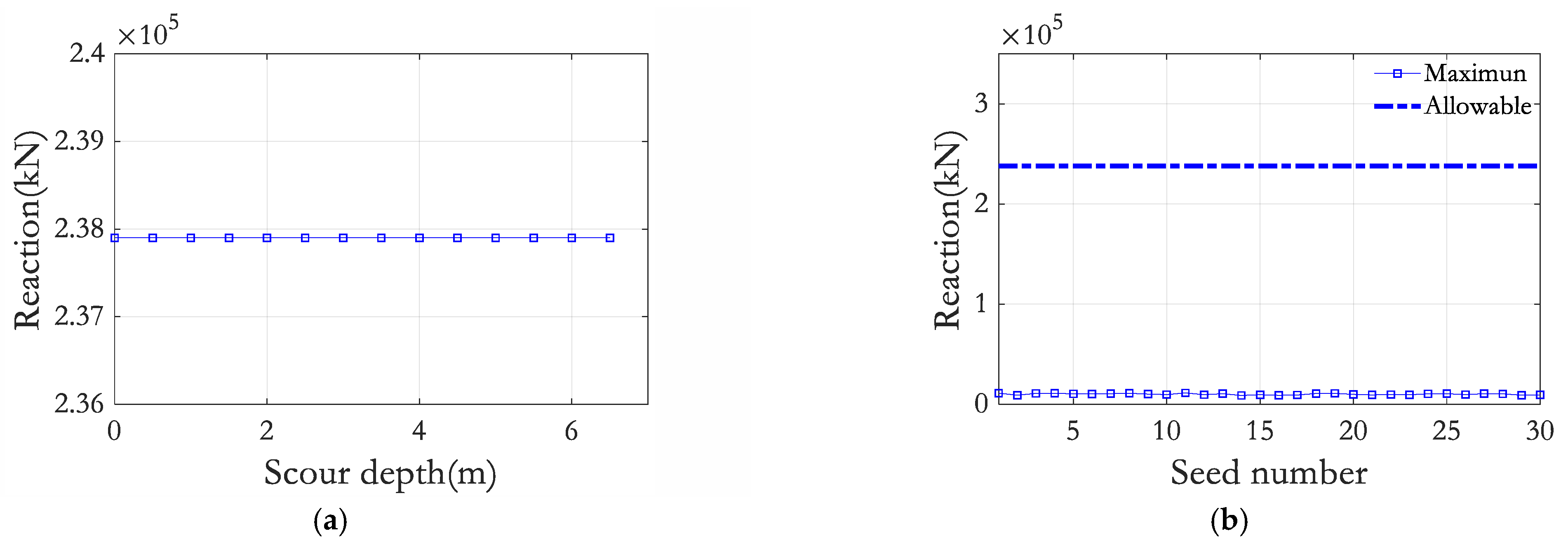
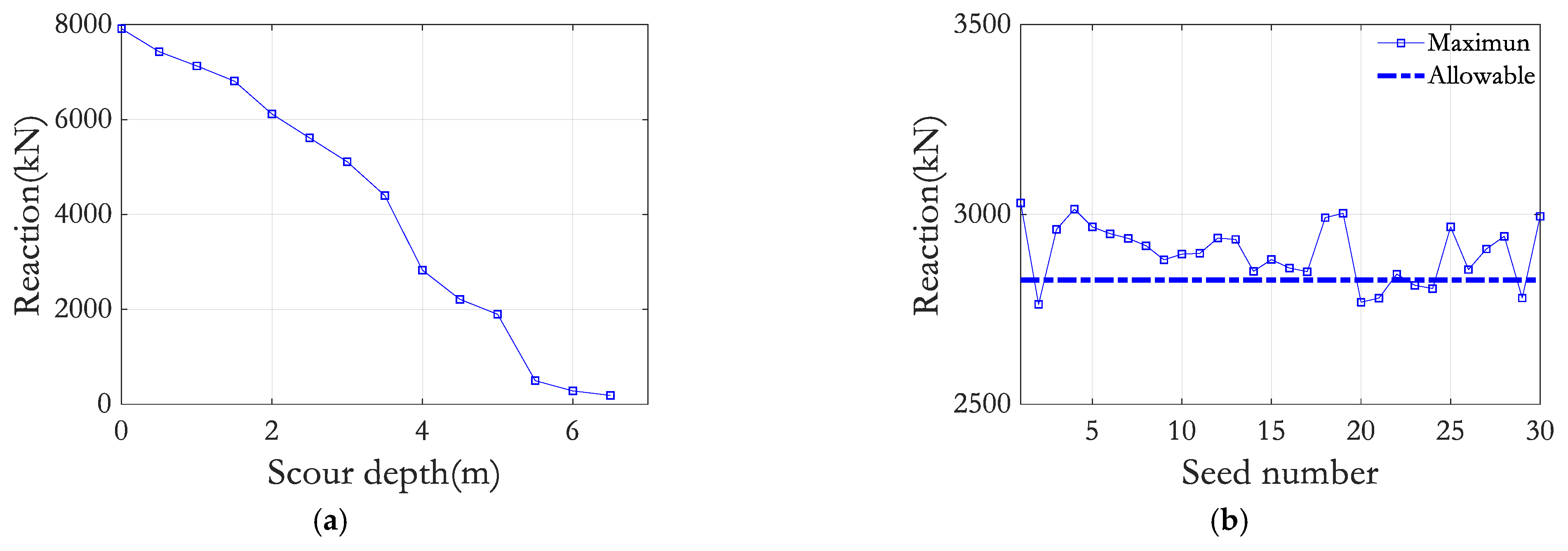
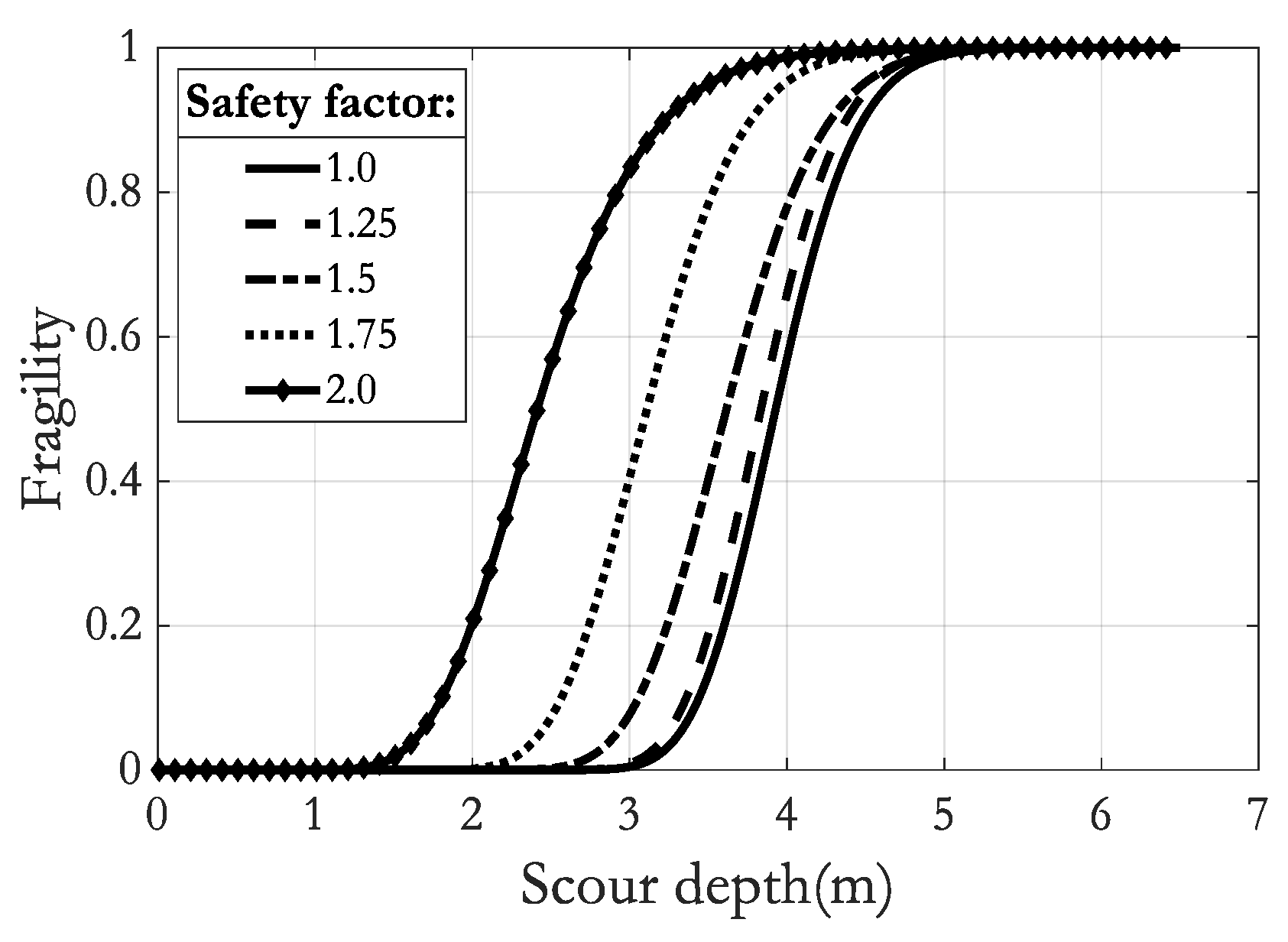

| Soil Layer | Depth (m) | Unit Weight (kN/m3) | Elasticity (MPa) | Internal Friction Angle (deg) | Cohesion Yield Stress (kPa) | Poisson’s Ratio |
|---|---|---|---|---|---|---|
| Upper clay | 0.0~0.7 | 17 | 25.00 | 32.3 | - | 0.491 |
| Upper sand | 0.7~4.8 | 17.5 | 35.56 | 32.3 | 5 | 0.400 |
| Lower sand | 4.8~7.5 | 17.5 | 67.48 | 37.0 | 5 | 0.400 |
| Weathered rock | 7.5~ | 20.0 | 76.00 | 32.0 | - | 0.450 |
| Safety Factor (SF) | Median (m) | Log-Std. (m) |
|---|---|---|
| 1.00 | 3.93 | 0.05 |
| 1.25 | 3.84 | 0.05 |
| 1.50 | 3.62 | 0.05 |
| 1.75 | 3.12 | 0.05 |
| 2.00 | 2.43 | 0.05 |
| SF | Sour Risk | Reliability Index |
|---|---|---|
| 1.00 | 1.919 × 10−7 | 5.078 |
| 1.25 | 6.178 × 10−7 | 4.850 |
| 1.50 | 6.560 × 10−4 | 3.213 |
| 1.75 | 0.058 | 1.570 |
| 2.00 | 0.718 | 0.578 |
Publisher’s Note: MDPI stays neutral with regard to jurisdictional claims in published maps and institutional affiliations. |
© 2022 by the authors. Licensee MDPI, Basel, Switzerland. This article is an open access article distributed under the terms and conditions of the Creative Commons Attribution (CC BY) license (https://creativecommons.org/licenses/by/4.0/).
Share and Cite
Kim, Y.-J.; Ngo, D.-V.; Lee, J.-H.; Kim, D.-H. Ultimate Limit State Scour Risk Assessment of a Pentapod Suction Bucket Support Structure for Offshore Wind Turbine. Energies 2022, 15, 2056. https://doi.org/10.3390/en15062056
Kim Y-J, Ngo D-V, Lee J-H, Kim D-H. Ultimate Limit State Scour Risk Assessment of a Pentapod Suction Bucket Support Structure for Offshore Wind Turbine. Energies. 2022; 15(6):2056. https://doi.org/10.3390/en15062056
Chicago/Turabian StyleKim, Young-Jin, Duc-Vu Ngo, Jang-Ho Lee, and Dong-Hyawn Kim. 2022. "Ultimate Limit State Scour Risk Assessment of a Pentapod Suction Bucket Support Structure for Offshore Wind Turbine" Energies 15, no. 6: 2056. https://doi.org/10.3390/en15062056
APA StyleKim, Y.-J., Ngo, D.-V., Lee, J.-H., & Kim, D.-H. (2022). Ultimate Limit State Scour Risk Assessment of a Pentapod Suction Bucket Support Structure for Offshore Wind Turbine. Energies, 15(6), 2056. https://doi.org/10.3390/en15062056






